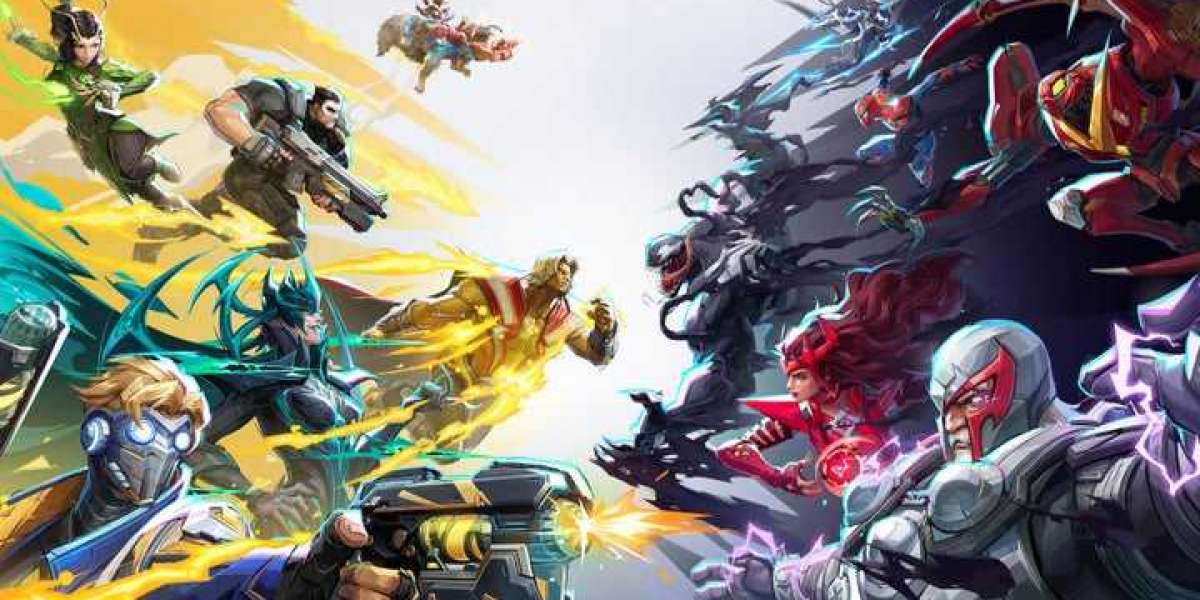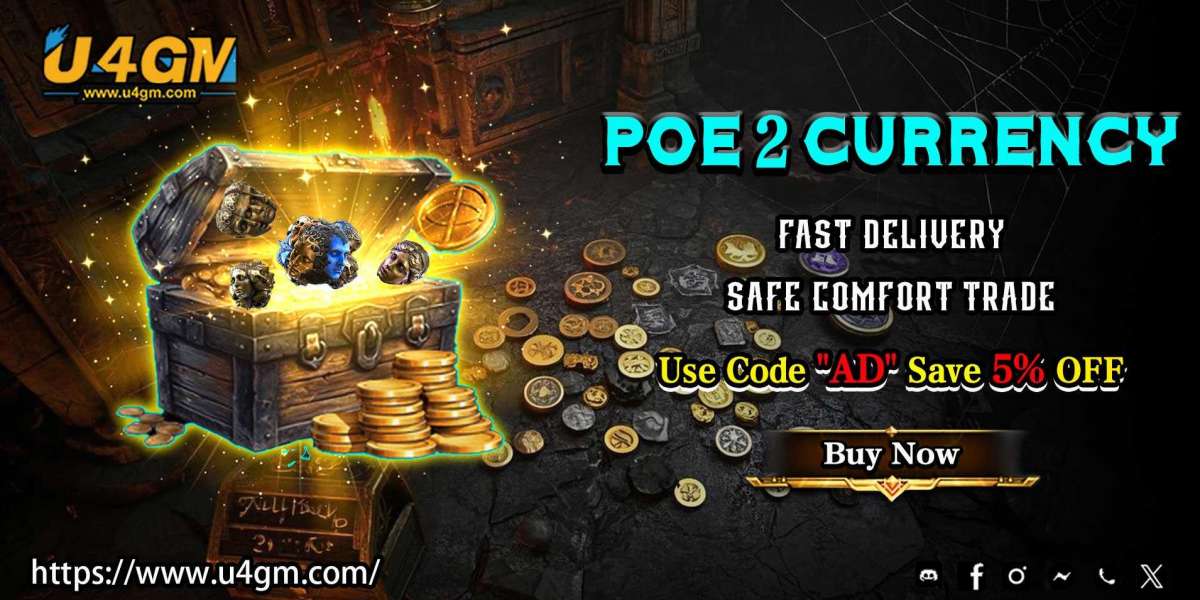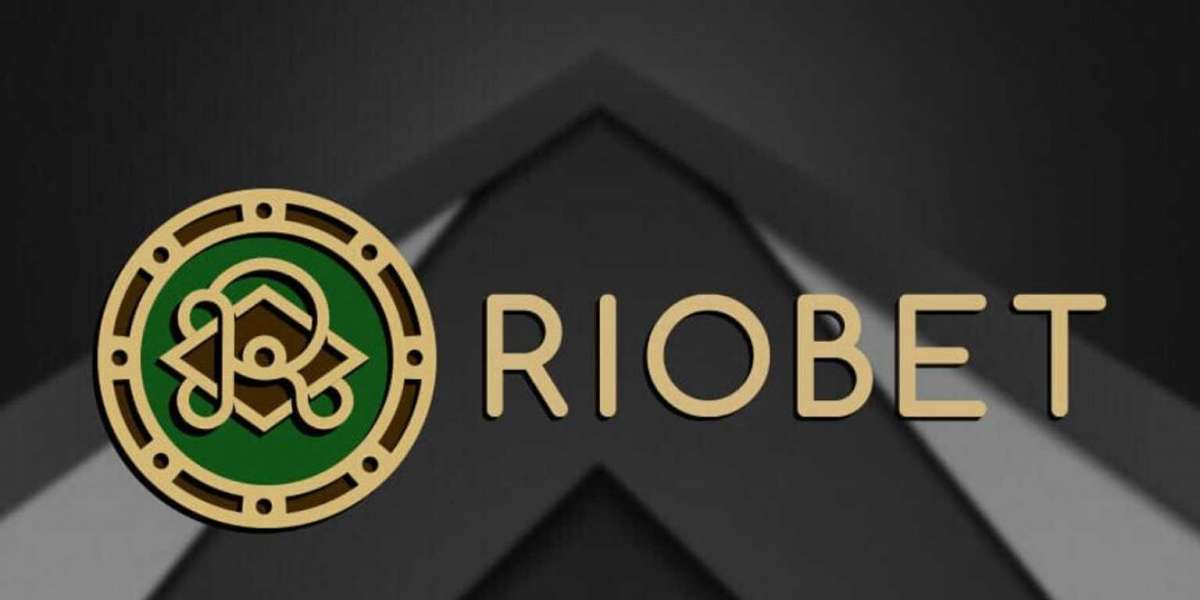Dragons curled around mountains. Orc generals mid-roar. Mystical beasts glowing with arcane energy. These aren't just figments of a DM's story, they're tiny, sculpted realities players hold in their hands. In the world of tabletop gaming, especially in genres like Dungeons Dragons and Warhammer, fantasy creatures aren't just characters, they're centerpiece experiences.
Creating these iconic figures isn't as simple as a drawing or a description. It's a blend of creative vision, technical expertise, and fine-detail craftsmanship. And today, more than ever, game makers rely on 3D sculpting services to bring these miniature titans to life.
The Concept Stage: From Lore to Visuals
Before anything is sculpted, the creature must be imagined. Writers and illustrators work together to define the creature's backstory, behavior, and in-game mechanics. Is it a swamp-dwelling elemental? And skyborne necromancer beast? Every detail informs how the creature should look .
Concept art plays a vital role here. Artists generate mood boards, anatomical sketches, and dynamic poses. These visuals serve as the blueprint for sculptors, ensuring the final model reflects the creature's narrative weight.
Sculpting for Scale: Big Impact in Small Sizes
Unlike video games, tabletop miniatures must be compact but full of personality. That's where 3D sculpting services shine. Experienced digital sculptors understand how to exaggerate features of claws, horns, wings so they're visible and iconic, even at a 32mm scale.
Proportions often need tweaking. Details like muscle texture, armor wear, or fur grain must be emphasized without overwhelming the silhouette. It's a unique balancing act of realism and readability in miniature form.
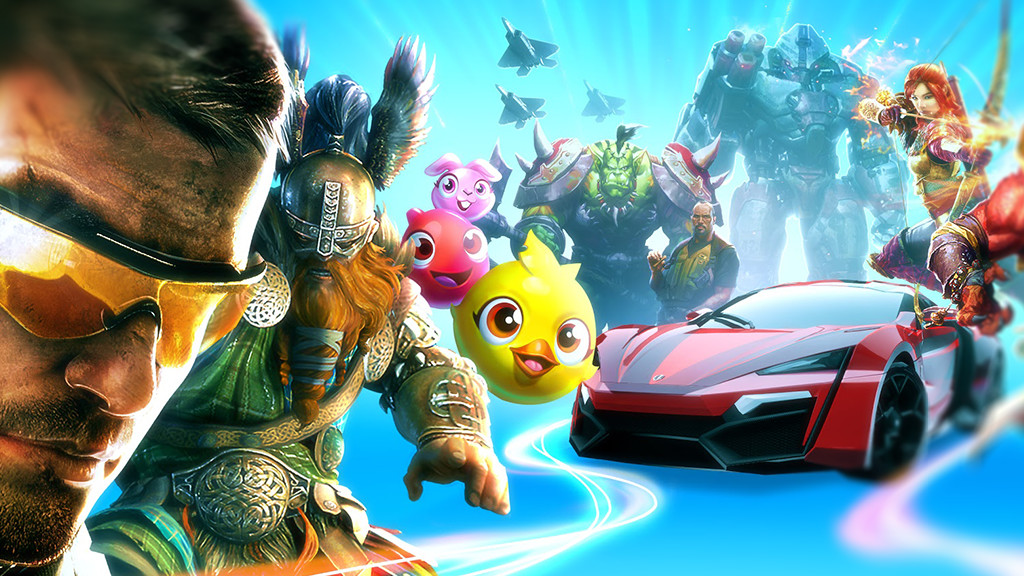
Digital Tools Behind the Magic
Most modern sculptures begin in software like ZBrush or Blender. These tools allow for ultra-fine detail right down to tiny scratches or pore texture. With layers and brushes, sculptors shape a digital version that can be rotated, zoomed in, and revised.
This workflow makes collaboration easy. Art directors can comment directly on the mesh. Clients can request quick revisions. And the final product is export-ready for 3D printing or injection molding, saving time and boosting consistency.
Anatomy of a Fantasy Creature: Getting the Details Right
Even fictional beasts must feel believable. A griffin's wings must appear strong enough to fly. A hydra's neck must curve naturally. That's why knowledge of animal anatomy is essential for sculptors working on tabletop fantasy creatures.
The best 3D sculpting services rely on references from big cats to reptiles to marine life. By mixing real-world physiology with fantasy elements, artists create designs that feel both magical and physically plausible.
Pose, Power, and Presence
A creature's pose says as much as its face. Is it in mid-attack? Sneaking through the shadows? Preparing a magical strike? Posing is not just about looks, it sets the emotional tone of the entire encounter.
Sculptors use dynamic posing to create tension, energy, or dread. For example, a crouched chimera ready to leap creates a very different player experience than one that's calmly towering above the board.
Printing, Prototyping, and Physical Realization
Once sculpting is done, the model heads to prototyping. It's often 3D printed at various scales to test detail retention and structural strength. Thin parts like wings or weapons are stress-tested for breakage.
This step is critical. No matter how amazing the digital sculpt looks, it has to survive the rigors of tabletop use. The final version may be resin-printed for boutique runs or refined for mass production using molds and injection techniques.
Painting Potential: Sculpting with Color in Mind
Although sculptors don't paint the models, they design with painters in mind. Clear surfaces, exaggerated depth, and crisp edges help artists apply washes, highlights, and dry brushing techniques.
That's why miniature painters love well-sculpted models; they're easier and more satisfying to paint. Fantasy creatures designed by expert 3D sculpting services don't just look good; they invite creativity from hobbyists.
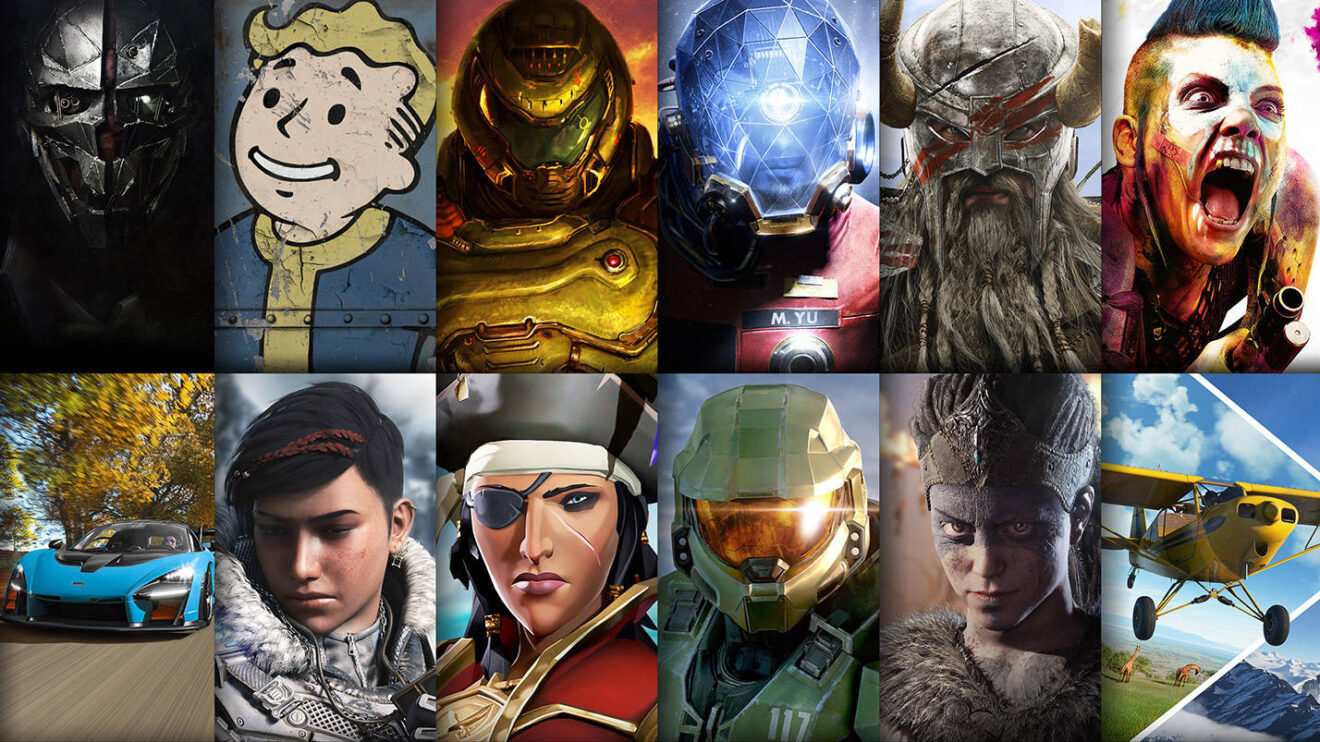
Custom Creatures for Indie Campaigns
Not all tabletop fantasy happens in major franchises. Indie creators and dungeon masters often want unique miniatures to match their one-of-a-kind worlds. Fortunately, scalable 3D sculpting services now make custom creature design accessible to smaller studios and solo creators.
Whether it's a Kickstarter campaign or a print-on-demand shop, custom creatures add immense value to a tabletop setting. Players connect more with personalized monsters and GMs love showing off tailored threats.
Final Thoughts
Fantasy creatures are more than in-game challenges. They're icons. Storytellers. Conversation starters. And in a world where visuals elevate gameplay, quality sculpts can turn a good campaign into a legendary one.
That's why the role of 3D sculpting services in tabletop games cannot be overstated. These artists translate imagination into reality one winged serpent or infernal brute at a time. From raw mesh to final mini, it's a process rooted in both creativity and craft. And just like fans who hunt for Call of duty monster Energy redeem codes to unlock exclusive cosmetics, tabletop players seek out stunning miniatures to enhance their gameplay. When a creature looks fierce, it feels fierce. When it's detailed and dynamic, it becomes more than plastic; it becomes a part of the story.
